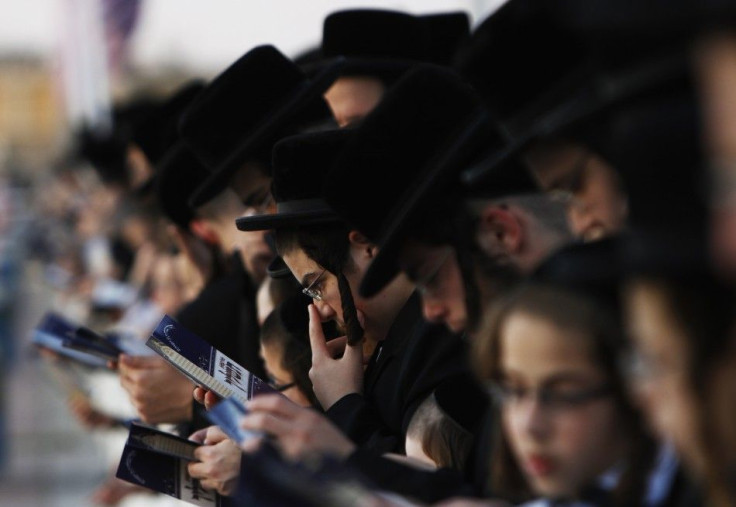Yom Kippur 2011: Understanding the Jewish ‘Day of Atonement’

When the sun sets on Friday Oct. 7, 2011, Yom Kippur will quietly begin.
Falling ten days after the start of the Jewish New Year, Rosh Hashanah, the Day of Atonement is the most grueling, intense, but ultimately joyful day of the Jewish year.
Yom Kippur lasts for 24 hours and will end when night falls on Saturday, Oct. 8.
Traditionally, Yom Kippur is considered the date when Moses received the second set of Ten Commandments. It's the tenth day of the month of Tishrei and, according to Jewish belief, God inscribes each person's fate for the coming year into the Book of Life on Rosh Hashanah and waits until Yom Kippur to seal the verdict.
It's all about teshuvah, repentance or return, on Yom Kippur. It's about coming back to the best in oneself and restoring those relationships that are most in need of healing. This is done through spiritual introspection, confessional prayer, and reaching out directly to people who may have been wronged in the past. It's a time to confront mistakes and strive to make things right.
Unlike Rosh Hashanah, where families gather together to feast, Yom Kippur is a time to fast. To aid in the soul cleansing, traditional rules ask one to refrain from water, food, wearing leather, putting on cosmetics, bathing and sexual relations.
According to tradition, in letting the physical body fall to the background, the spiritual one can be better felt.
Yom Kippur begins at sundown with the haunting chant of Kol Nidre. Over the course of the holiday, Jews will spend most of their waking hours in prayer, joining with the community in confessing sins and seeking forgiveness.
Unlike a normal day that has four prayer services, Yom Kippur has Maariv, Shacharit, Musaf, Mincha, Neilah, as well as Vidui, the public confession of sins.
Scriptures are read and the mood generally grows more and more fervent over the course of the day on Saturday until the Neliah service, which marks the crashing shut of the heavenly gates.
Services end with the blowing of the shofar, a ram's horn that has been described as an alarm clock for the soul.
There is also a much-needed celebratory break-the-fast meal to overcome the emotionally exhausting and physically taxing holiday.
Despite all the challenges, Yom Kippur is supposed to be one of the most joyous days of the year -- an annual opportunity to begin again.
Many secular Jews who may not regularly attend synagogue will attend for Yom Kippur.
As in all religious practices, rabbis try to preserve tradition while adapting new elements for the modern times.
The issue of what shoes to wear is a common debate: to wear or not to wear leather when the Talmud -- the commentary on Jewish law -- expressly forbids the wearing of leather on Yom Kippur.
For some, the teaching is irrelevant in modern times as the leather ban was predominantly in response to avoiding luxuries when the law was created. But for others, wearing leather is unthinkable.
Another tradition that has come into question in modern times involves chickens. For generations, ultra-Orthodox Jews have marked Yom Kippur by swinging live chickens over their heads while saying a blessing. Then, the birds are slaughtered as a symbolic way to rid ones' soul of sins.
Some modern day rabbis, however, decry the practice as animal abuse.
However it is celebrated, Yom Kippur is considered one of the most important days in the Jewish calendar and an opportunity for one to repent past sins and begin anew.
© Copyright IBTimes 2024. All rights reserved.












